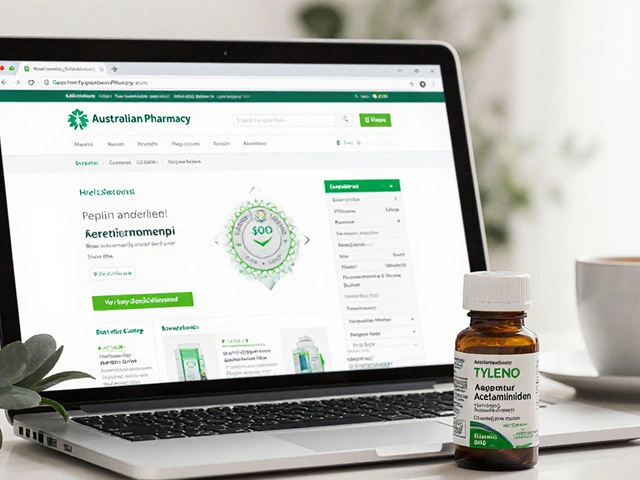Celebrex (celecoxib): what it treats and how to use it safely
Want pain relief for arthritis without the harsh stomach upset of older NSAIDs? Celebrex (celecoxib) can help, but it’s not risk-free. Below I’ll spell out who it helps, typical doses, common side effects, and simple safety tips you can use right away.
How Celebrex works and typical dosing
Celecoxib is a COX-2 selective NSAID. That means it blocks the pain-and-inflammation chemicals your body makes, while usually causing less stomach irritation than non-selective NSAIDs like ibuprofen. Doctors prescribe it for osteoarthritis, rheumatoid arthritis, ankylosing spondylitis, and acute pain.
Common adult doses: for osteoarthritis 100 mg once or twice daily; for rheumatoid arthritis 100–200 mg twice daily. For short-term acute pain, doctors sometimes give a 400 mg starting dose followed by 200 mg if needed. Always follow your prescriber — don’t mix dosing ideas from friends or the internet.
Risks, side effects, and practical safety tips
Most people notice relief within a few days, but watch for side effects. The usual ones are stomach pain, indigestion, diarrhea, headache, and dizziness. Those are annoying but often manageable.
More serious risks include increased chance of heart attack or stroke, especially if you have heart disease, high blood pressure, or use it long-term. Celecoxib can also cause gastrointestinal bleeding, although less than non-selective NSAIDs for many people. If you have a history of ulcers, bleeding, or heart disease, talk with your doctor before taking it.
Drug interactions matter. Don’t combine Celebrex with blood thinners like warfarin unless a doctor tells you — bleeding risk goes up. Mixing it with other NSAIDs or high-dose aspirin removes the selective benefit and raises side effect risk. Watch interactions with some blood pressure meds and lithium too.
Practical tips: take the lowest effective dose for the shortest time you need. If you have stomach sensitivity, take it with food. Monitor blood pressure if you’re already hypertensive. If you notice black stools, severe belly pain, chest pain, shortness of breath, or sudden weakness, stop taking it and seek medical care.
Thinking about an alternative? For many people, acetaminophen or topical NSAIDs help with localized arthritis. For severe cases, doctors may suggest disease-modifying drugs, steroid injections, or physical therapy instead of long-term NSAID use.
Finally, keep your prescriber in the loop. Tell them about all medicines, supplements, and herbal remedies you use. If your symptoms change or side effects appear, don’t shrug them off — a small tweak to dose or a switch to another option can make a big difference.
Want a quick checklist to take to your appointment? Bring a list of your current meds, note any heart or stomach issues, and write down how much pain Celebrex relieves and what side effects you felt. That helps your doctor make a safer plan for you.





